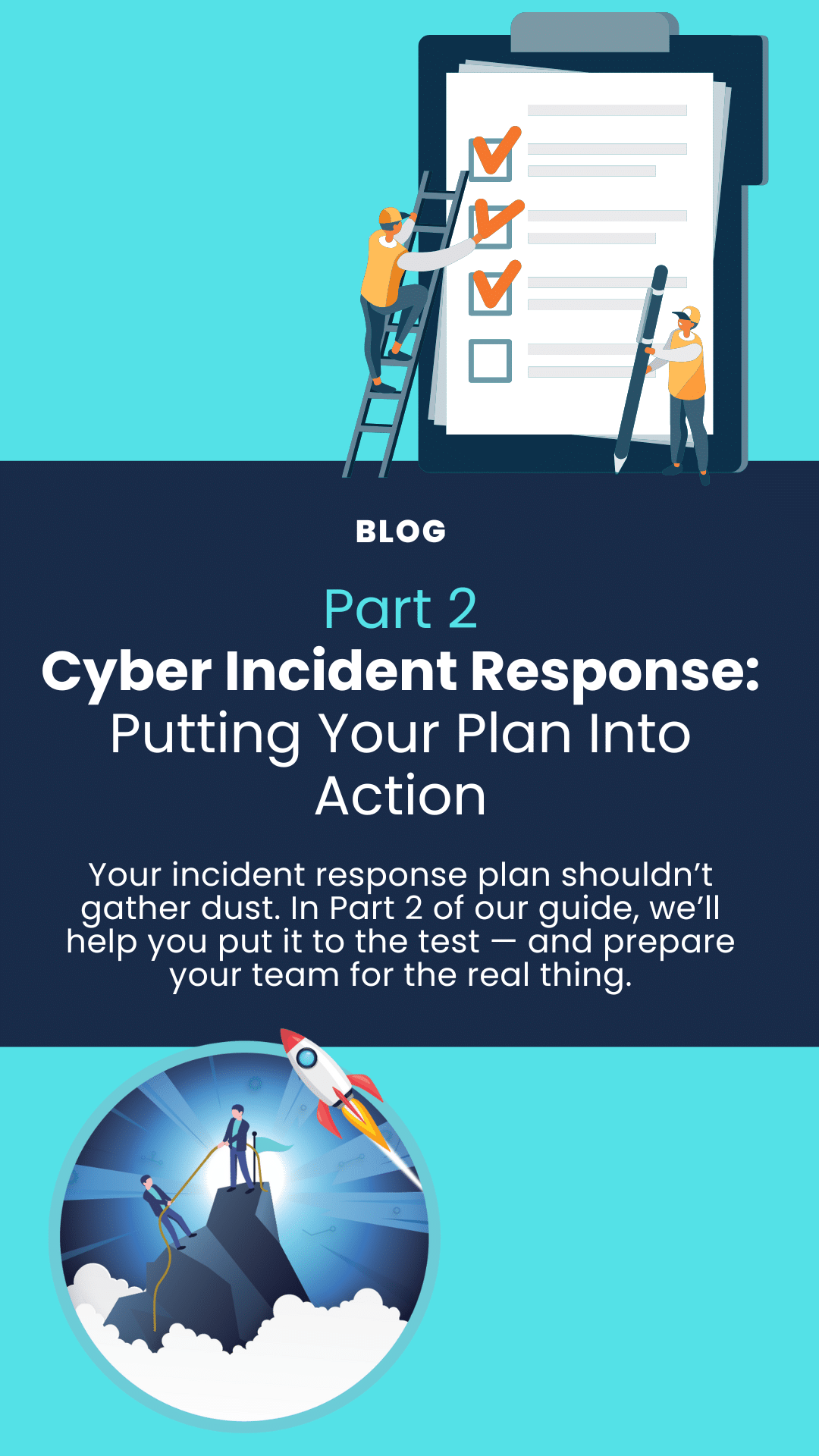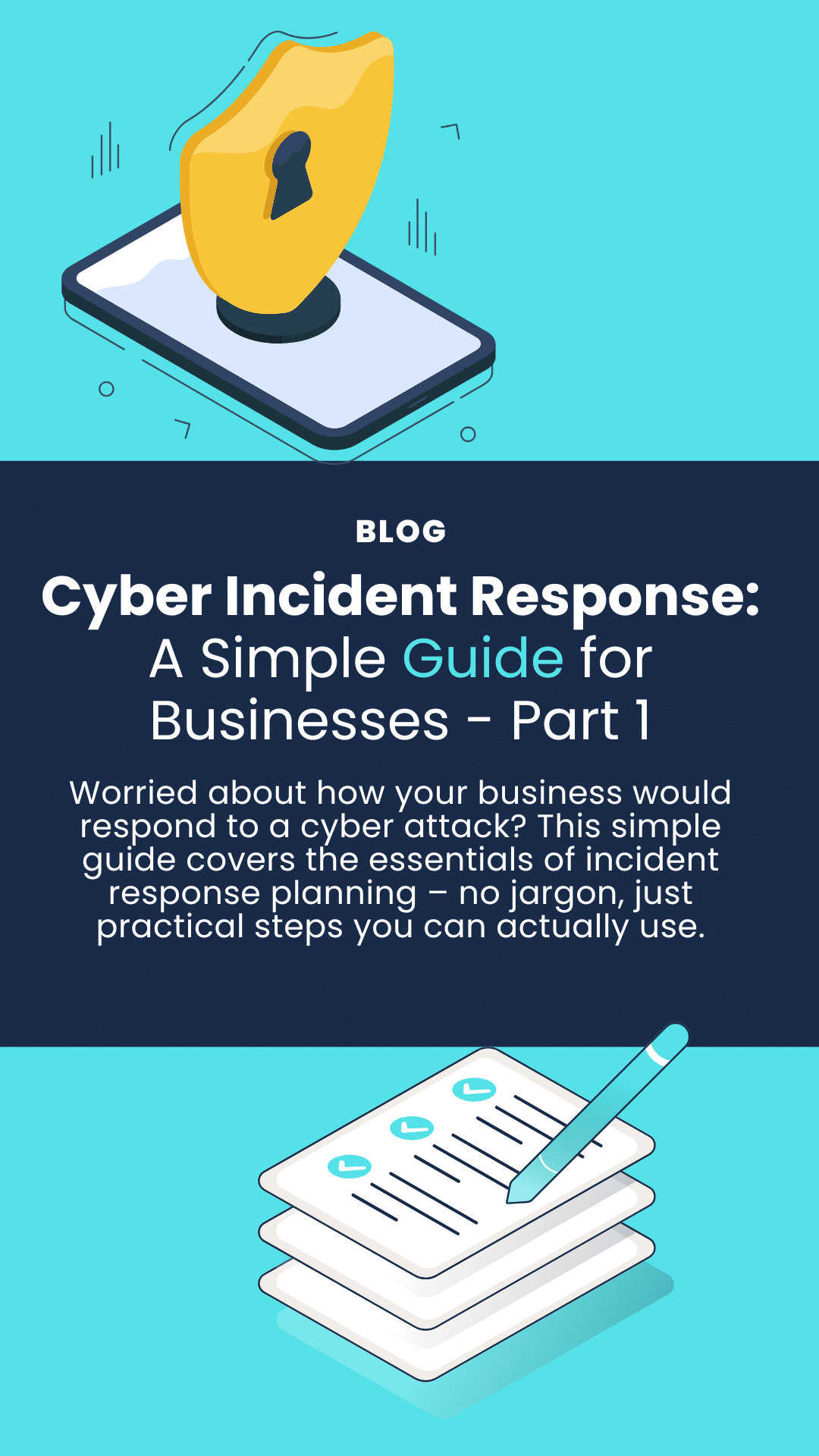BYOD (Bring Your Own Device) has taken off in recent years. Nearly everyone you talk to says that they are allowed to take their own device into the office and use it for work purposes. But what are the issues they pose on your business?
BYOD (Bring Your Own Device) has taken off in recent years. Nearly everyone you talk to says that they are allowed to take their own device into the office and use it for work purposes.
I am amazed that people are then perplexed when their network gets infiltrated and peoples personal and work machines get infected.
Personal machines do not belong in the workplace, unless extremely tight security measures are in place!
Let me give you this scenario: There has been a spate of break-ins on your street, so you call a security company to come and fit some more locks to your doors and bars on your windows. No burglar will be able to get in now. But how about if the burglar is already in and just hiding in the cellar, or hiding in the attic? All those security measures are now pretty useless. All he needs to do is wait for you to go out, steal your items and walk out the front door.
This is the same within business environment. You could have the best firewalls money can buy that no virus will be able to get through; but when you invite people onto the network with already infected machines, you have done 90% of the virus’s work for it! That virus is now in the secure area where it can traverse to other machines within the network and walk out the front door with all that information, or even “make a hole” for itself if it wants to come back in as and when it pleases.
When installing a firewall or other security measures onto a network, a full security audit should be completed before installation to make sure that the network is fully sanitised.
Furthermore, if BYOD is something your company still wants to implement, it should be done in the right way to minimise any risk.
End-point checks is one way to do this. This is software that sits on the personal machines that reports back on whether the machine is running anti-virus, whether it is updated and if there are any suspicious items on there.
Another way to minimise risk is to create a network or DMZ specifically for BYOD. This will ensure that the devices cannot access the secure area of the network and therefore not traverse onto work devices.
There are lots of other ways in which to effectively implement a BYOD policy. Hopefully this has given you an insight into how seriously you should take this.
If you have a need to implement, then give us a call and see how we can help you secure your network.



